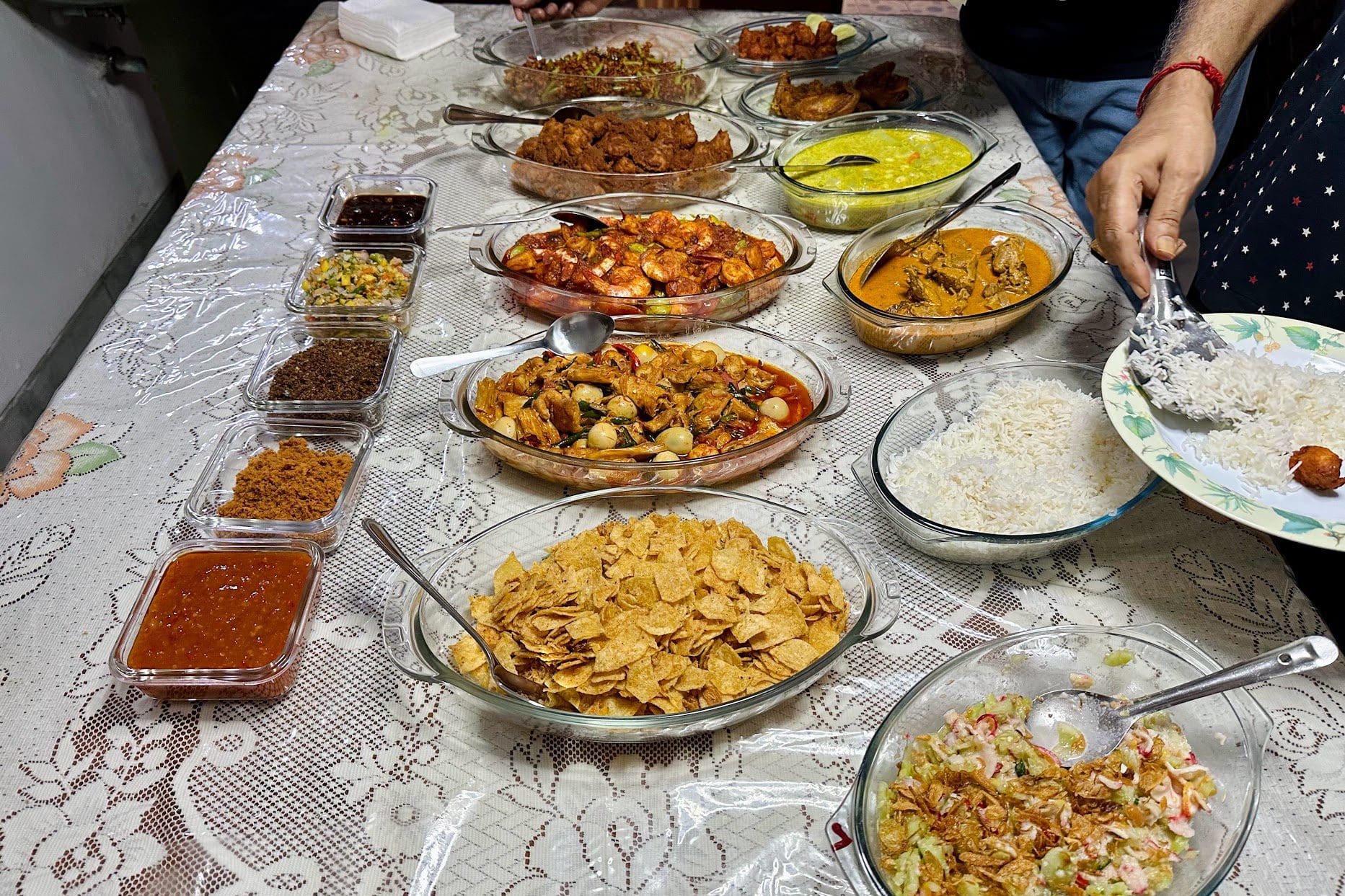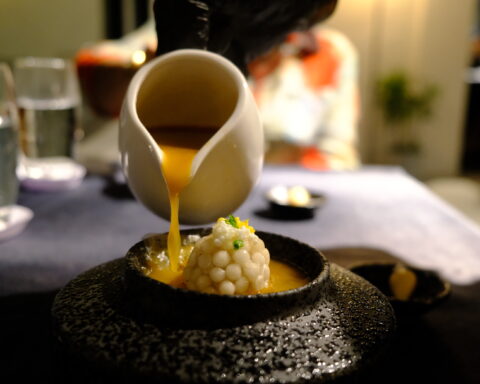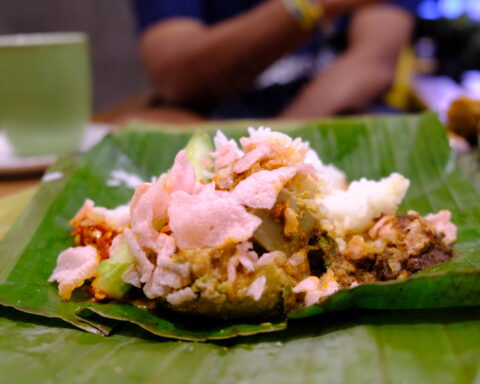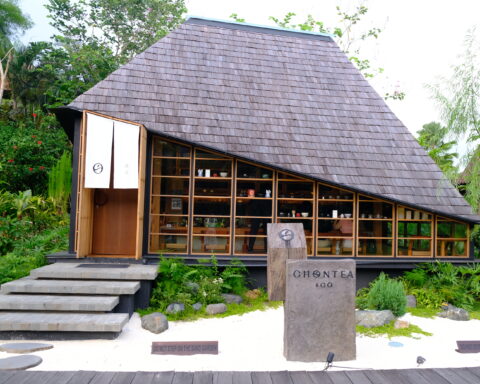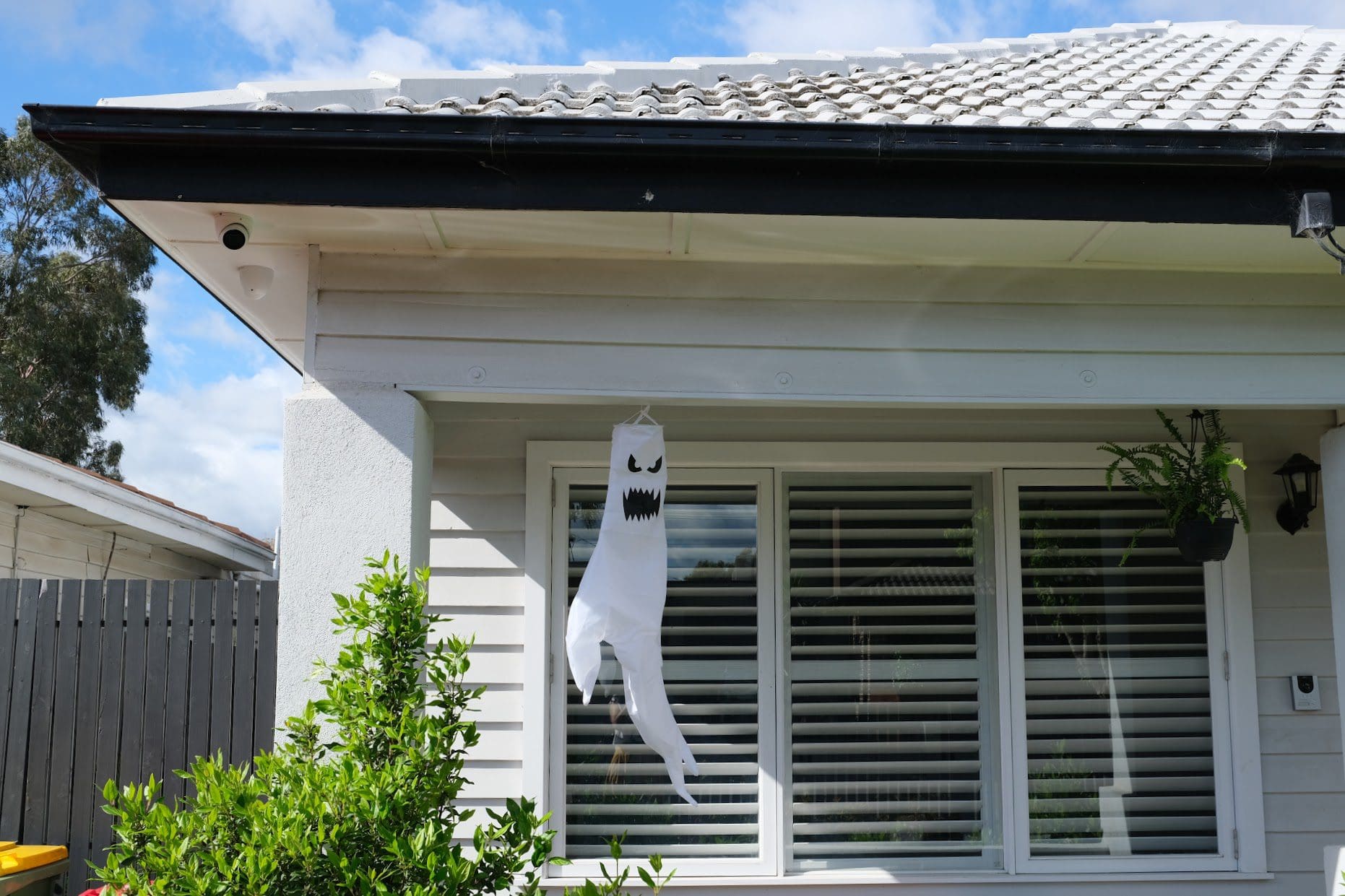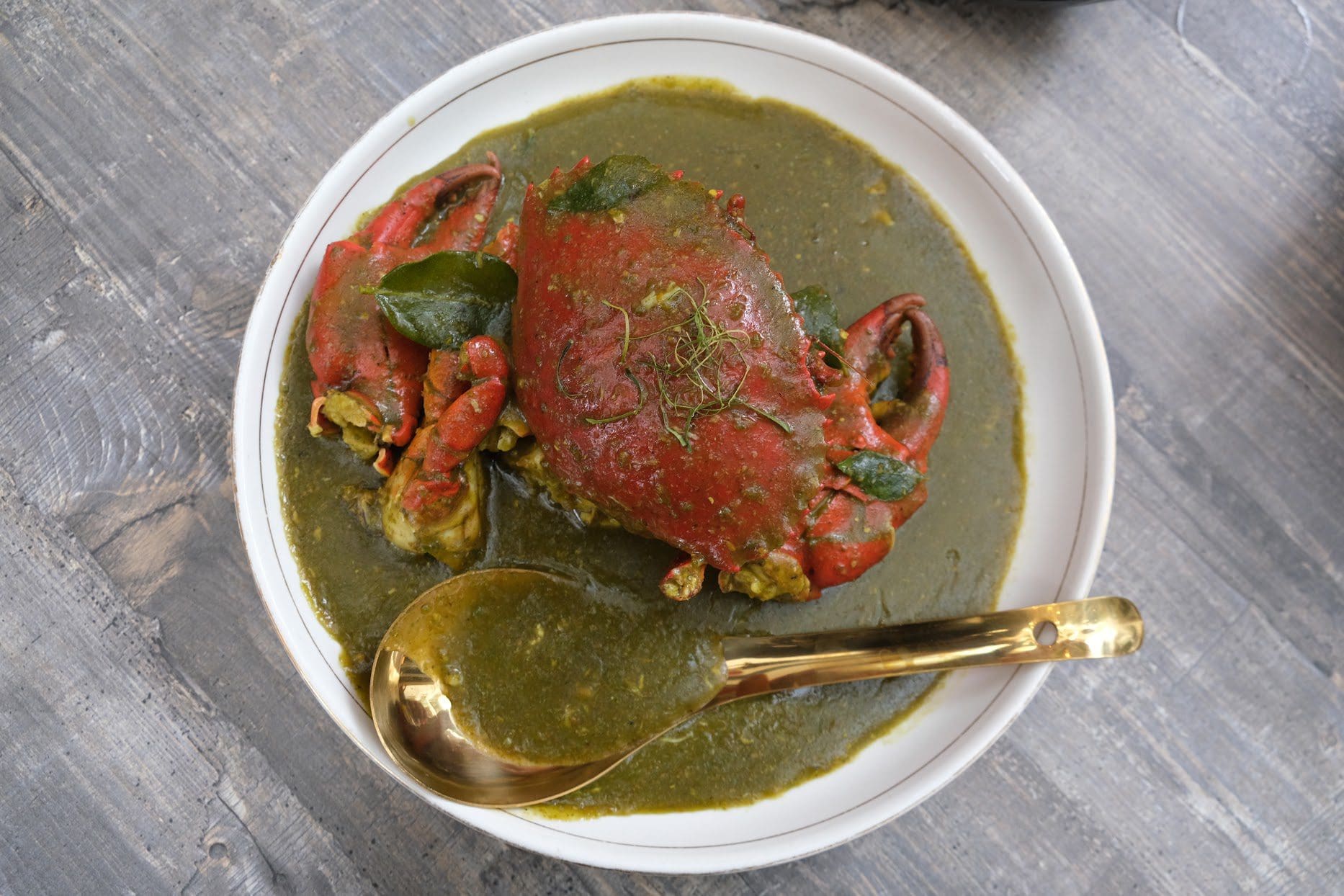Diwali is one of the most important Hindu festivals in Indian culture. It’s also one of my favourite cultural festivals, which is why it surprised me that I had written so little about it on this blog so far. It could be because Diwali has always been a busy time. By the time I over-ate and over-socialised, I was ready to leave it behind until the following year. So let’s rectify it now.
First, let me introduce you to Diwali:
A Very Bright Happy Diwali
Diwali is also known as the Festival of Light. The lights symbolise the triumph of light over dark, good over evil. It occurs on the darkest day of the lunar month, the day of the new Moon, during the Hindu month of Kartika (October/November).
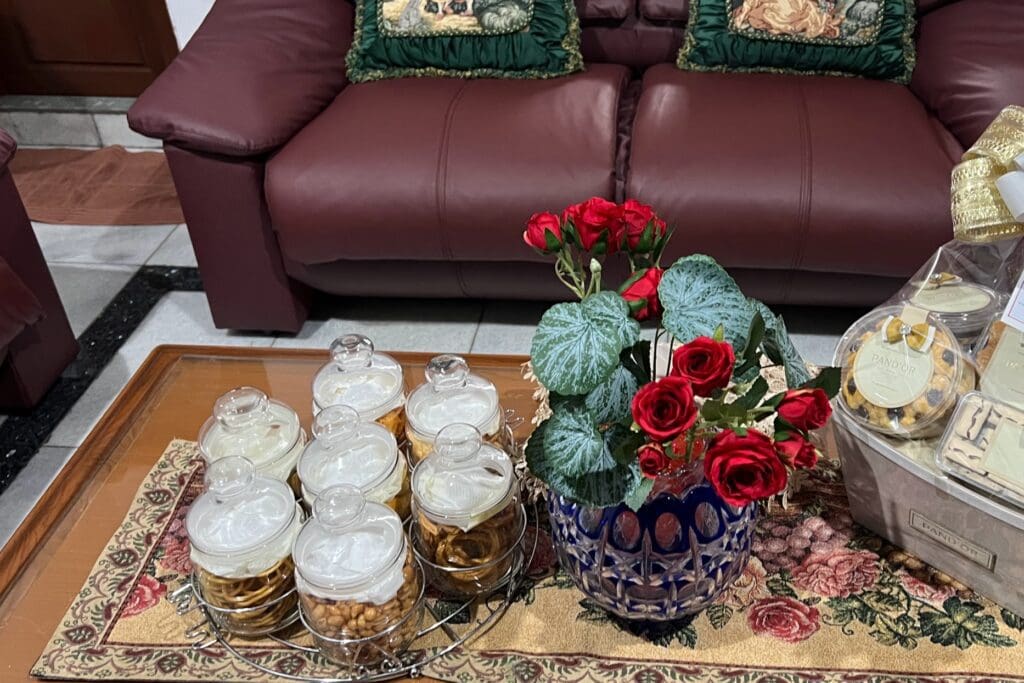
The multi-day celebration starts with all kinds of preparation for the festivities, from cleaning the house to making sweets before the main Diwali day, followed by going to the temple, wearing new clothes, visiting families and exchanging gifts on a primary day.
My Indonesian vs Indian Diwali
As an Indonesian Indian, our Diwali celebration is not exactly the same as the way Indians in India celebrate Diwali.
Within our extended families, for example, we don’t do Kolam. Kolam is a drawing made from coloured flour or rice on the floor near the house entrance (though my cousin has started doing it at hers using flowers). We also have assimilated Indonesian culture and cuisine into the Indian Diwali. For example, my youngest aunt makes her famous Lontong, an Indonesian dish, almost every Diwali.
Typical Indonesian Indian Deepavali Day
The Diwali day starts with Amma waking us up to get ready for the day. But instead of showering, I’d start the day by sitting at the dining table demanding breakfast, which usually involves freshly made dosa with a side of vegetarian chutneys.
Only then I’d get ready to go to the temple together. In the past years, though, we have been skipping the temple visit on the Diwali morning as I usually visit the temple on my last day in Jakarta, on the way to the airport.
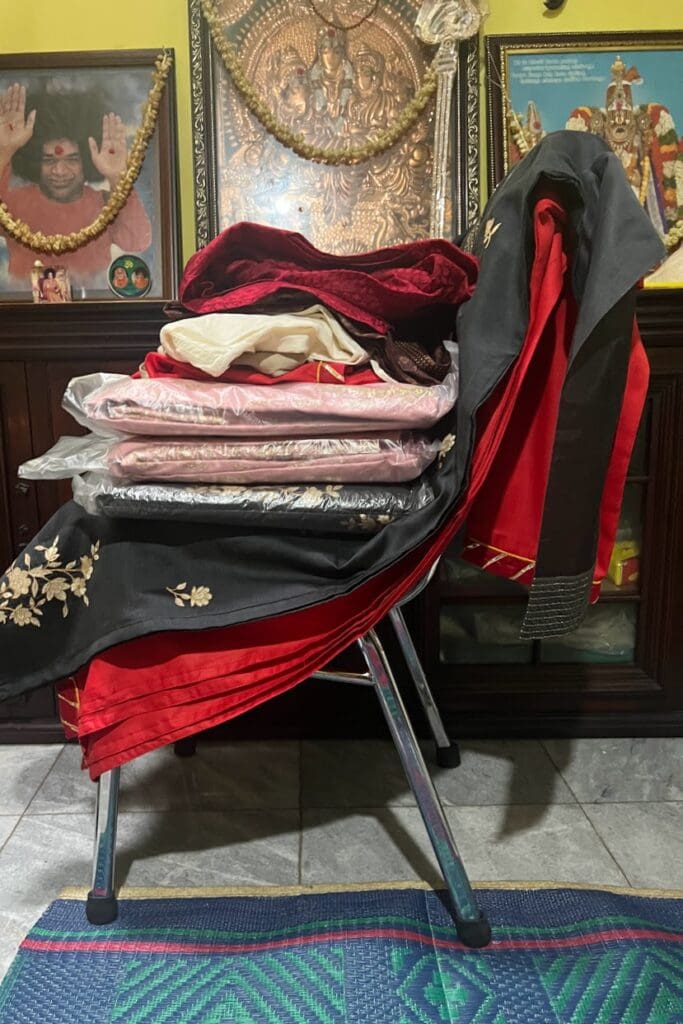
Either way, we would wear auspiciously saged new clothes that Amma put in the pooja room the day before. I’d pray and then collect the Angpao (red pocket filled with money) Appa put in the pooja room.
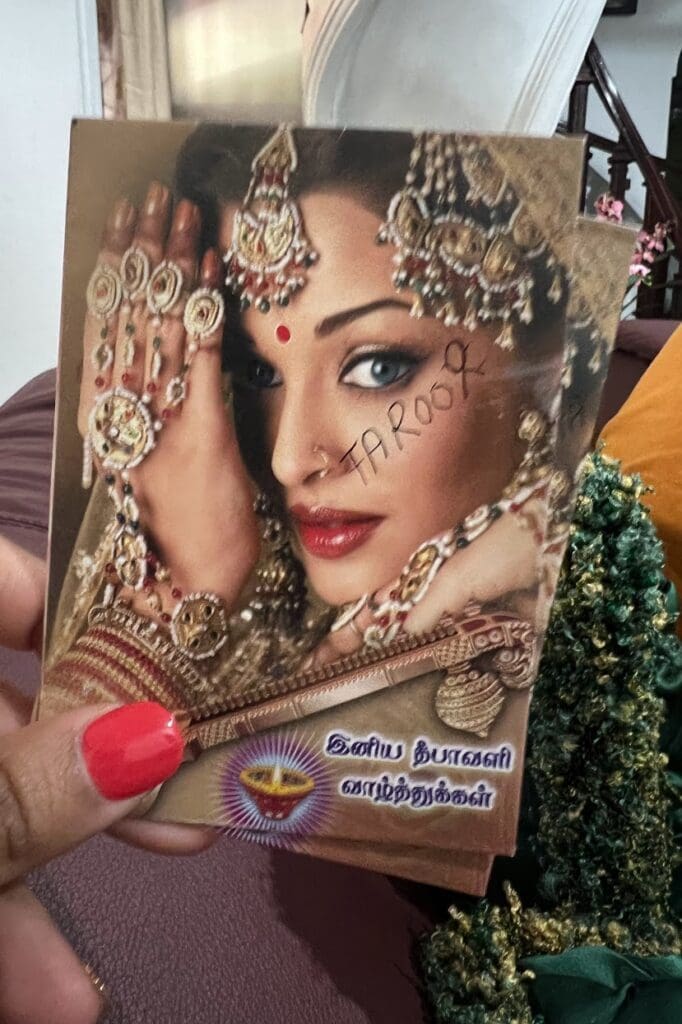
Angpao collected; it was time for the first round (second round?) of the Diwali meal of Amma’s cooking, and this time we’d feast on non-vegetarian dishes she prepared for the day. My two favourite dishes Prawn Tauco and Sayur Lodeh, would make a constant appearance among the many delicious dishes. Both dishes are of Peranakan cuisine, another example of a culture mash-up during Diwali.
After or without the temple visit, the first stop would be my eldest aunt’s house.
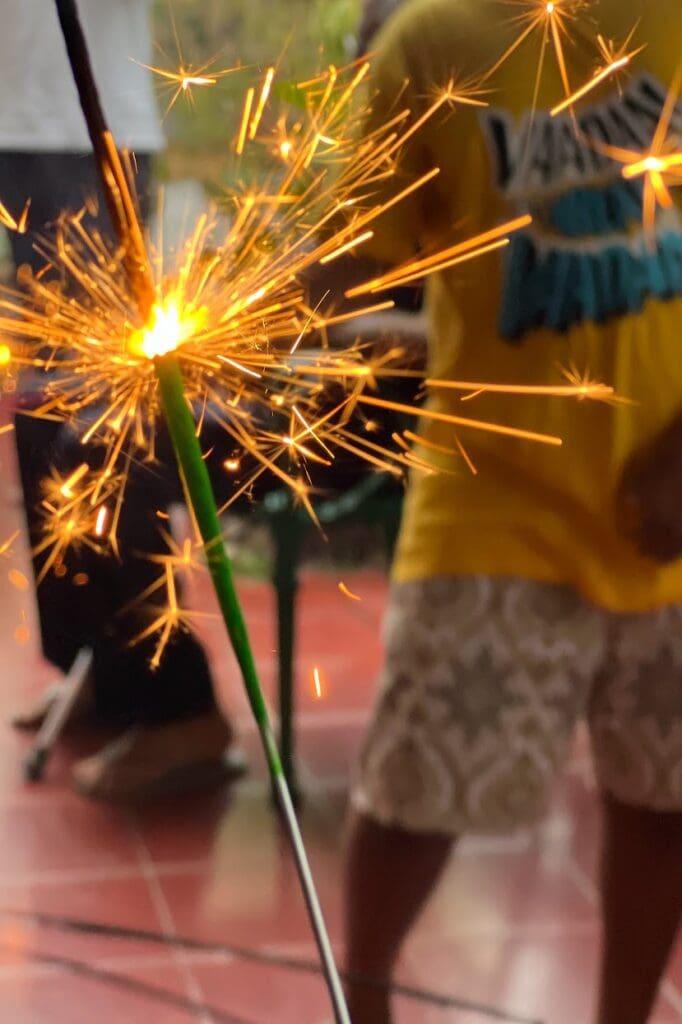
The cousins would time our arrival close to each other. Usually right before lunchtime, so we could wish everyone a quick happy Diwali before feasting on the most elaborate food spread.
Diwali with my cousins
We would be there for hours, sharing light-hearted gossip and taking thousands of pictures while continuously eating.
This part has been the highlight of Diwalis for me.
The next stop would be my youngest aunt’s house for a more chill hang-out session. Here, we would feast on Lontong and Indonesian snacks my cousin would UberEats for us.
By the time we go home, my introverted brain would have shut down, and my body, in a food coma.
I’d retrieve to my room to shower, put the TV on and snack on my favourite kues because, as the saying goes, there is always room for dessert (and kues).
The cousins’ gossip would continue on the Whatsapp group, including sharing pictures and discussing the best thing we had eaten during the day. I’d also send and reply to people’s Diwali wishes before falling asleep with the TV on.
This Year’s Celebration
This year’s Diwali started the same as above. The main difference was having Fafa as a part of the family (making it my Thala Diwali – first Diwali with family after marriage) and us hosting the celebration on the day after.
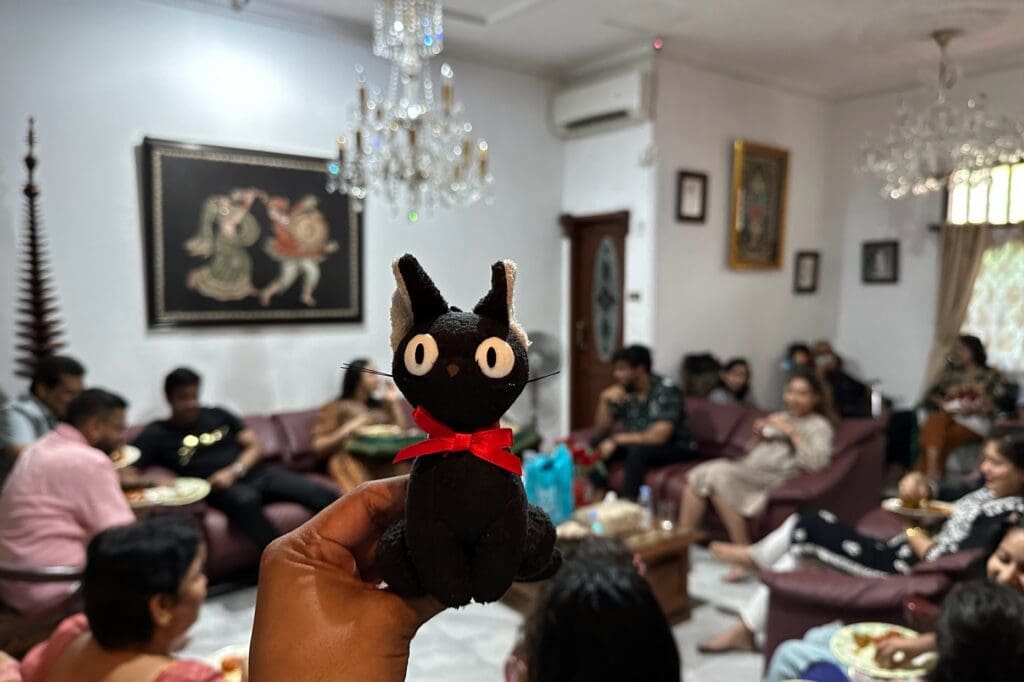
We invited all the cousins, and Amma cooked the most delicious feast. All the kids got angpao and Christmas PJs (another cultural mash-up).
There was an impromptu booze corner, dancing, fireworks, multiple UberEats and card games, which ended with light gambling.
The celebration started at 11 AM and went on until night. By the time it was done, we all were tired but very happy. Happy enough to ignore the fact that we had to wake up at 3 AM the next day to catch our flight back home.
Follow me on Instagram @KultureKween for more recent updates.
